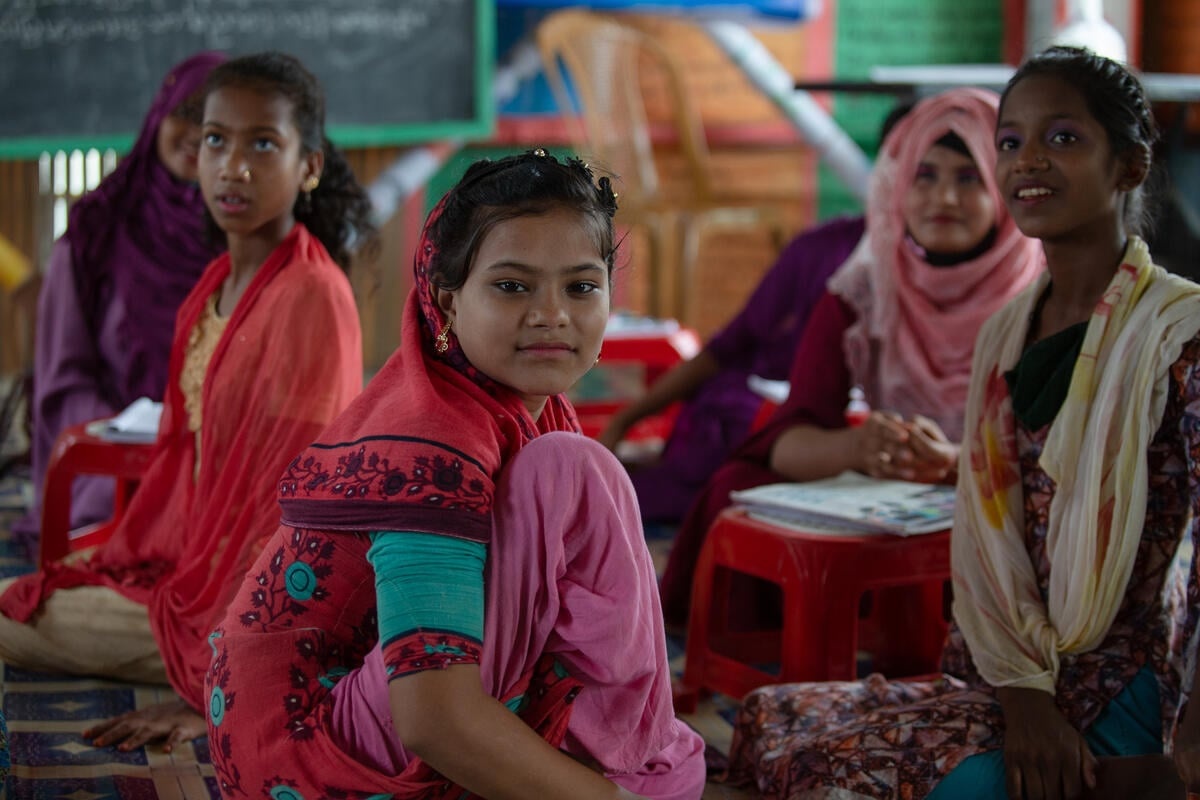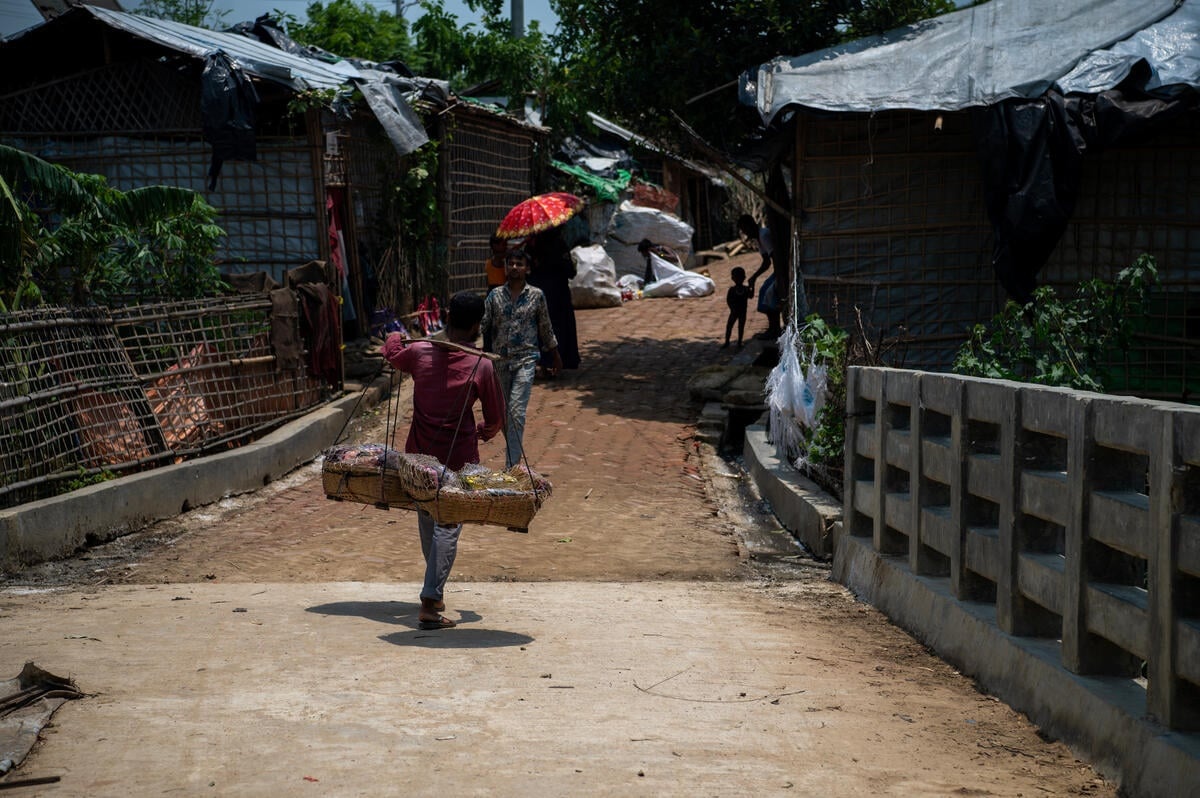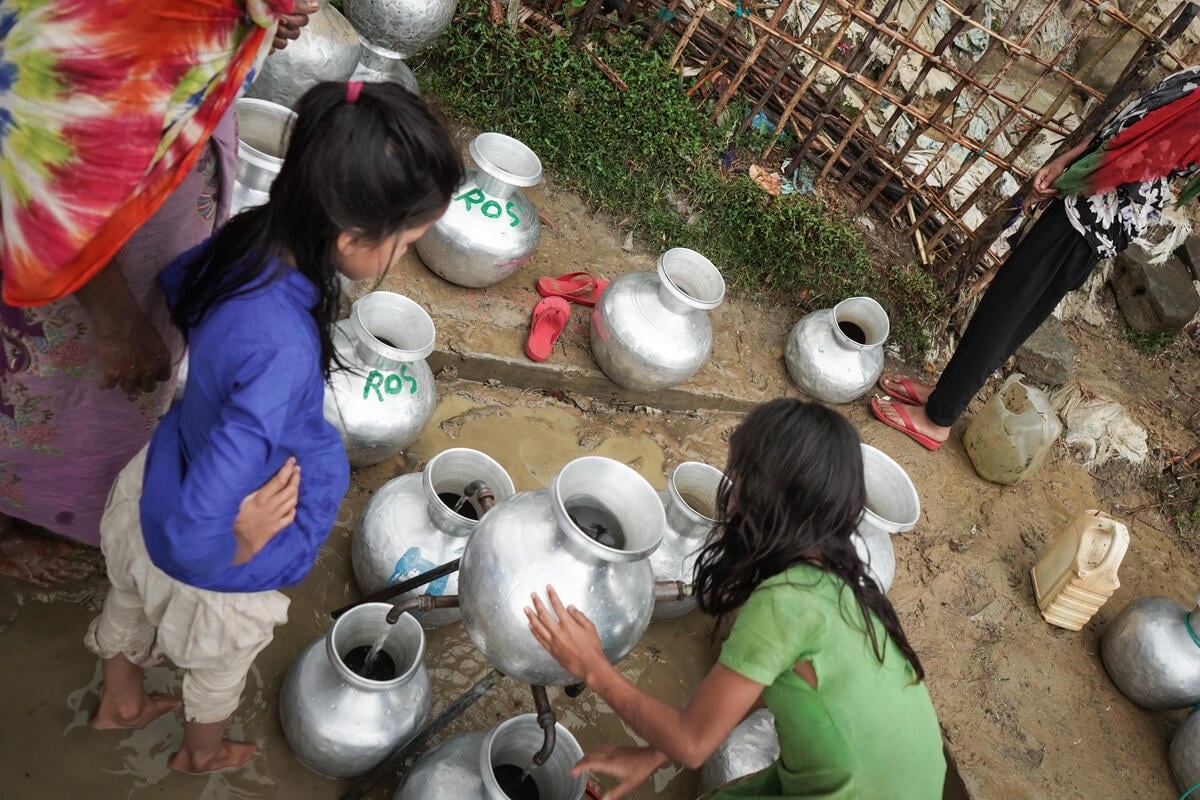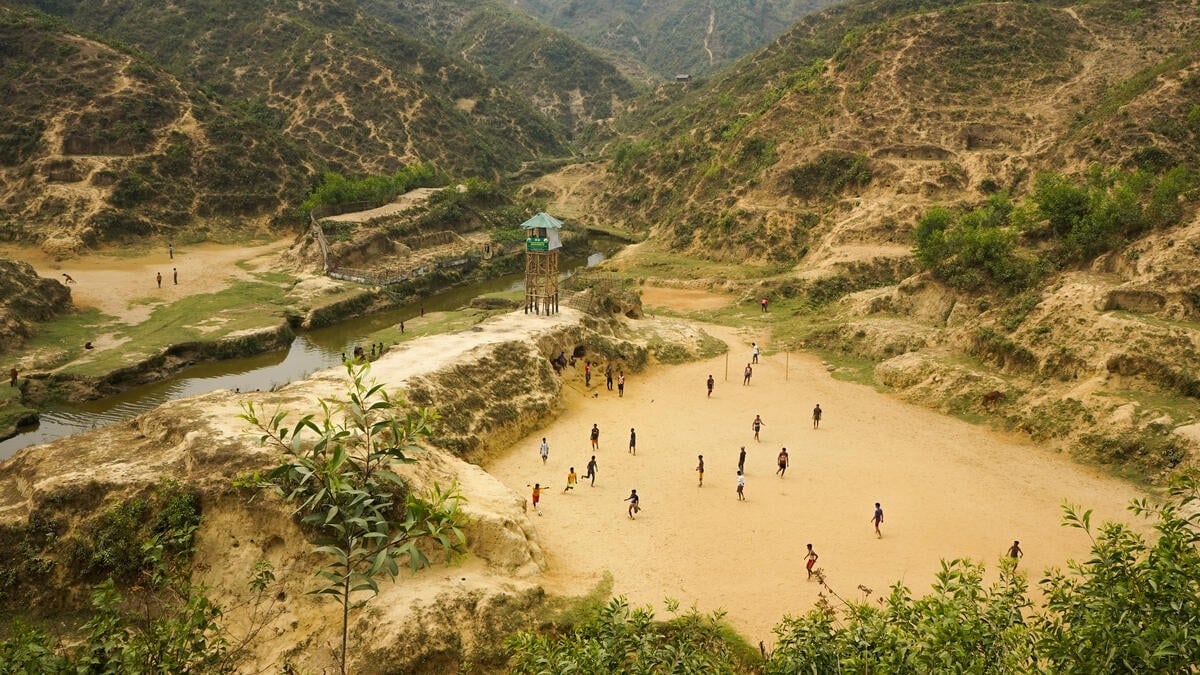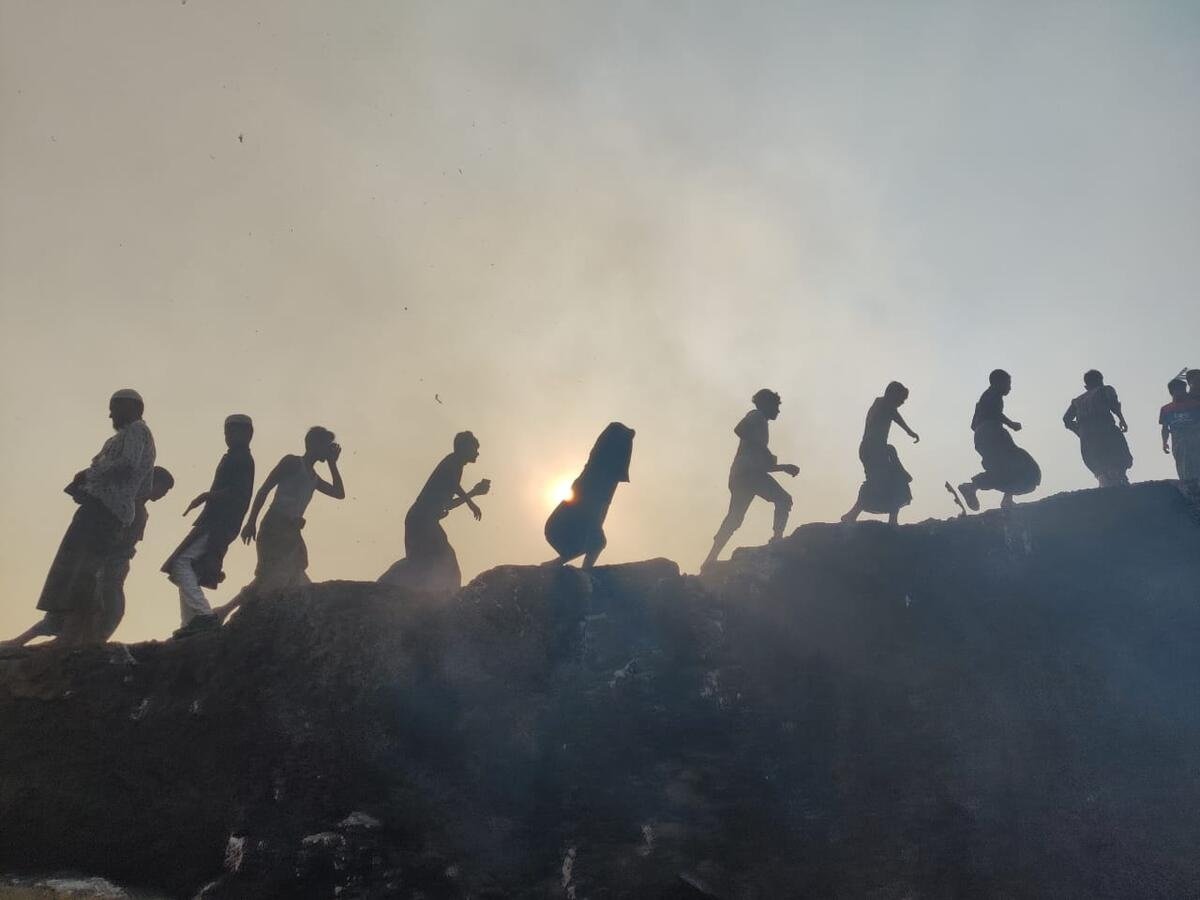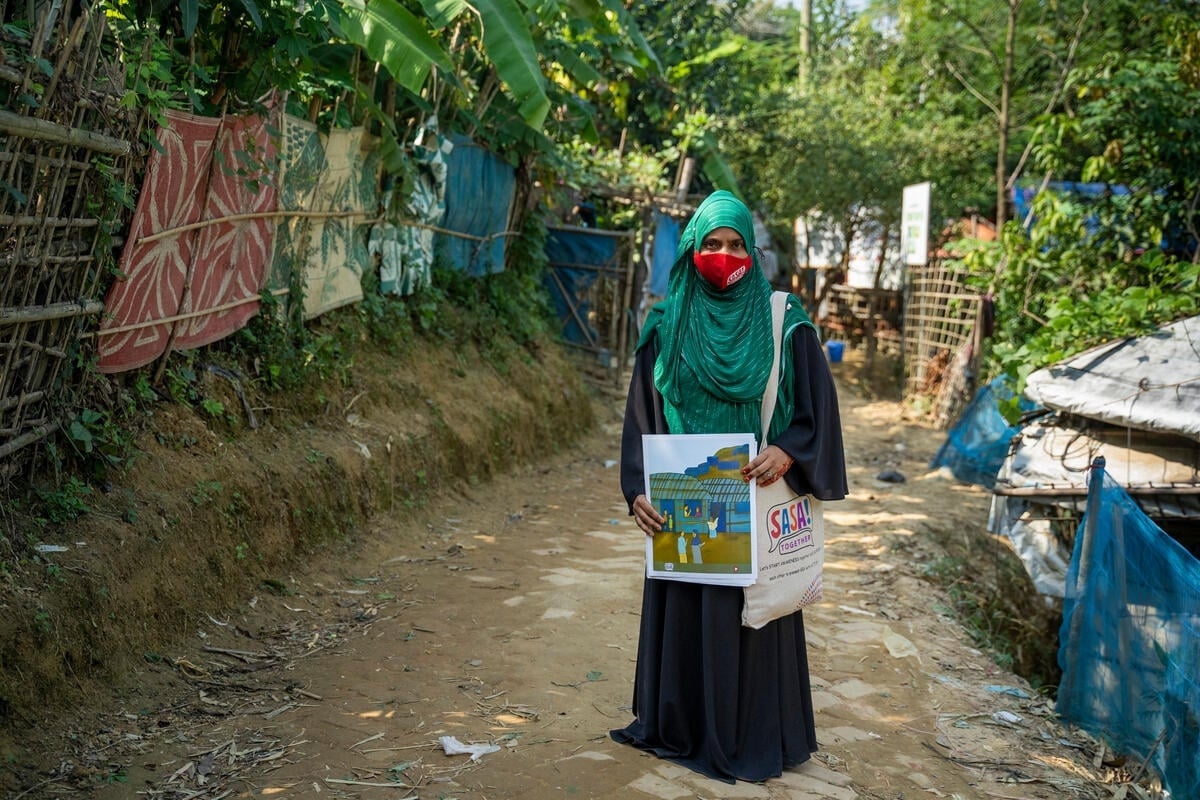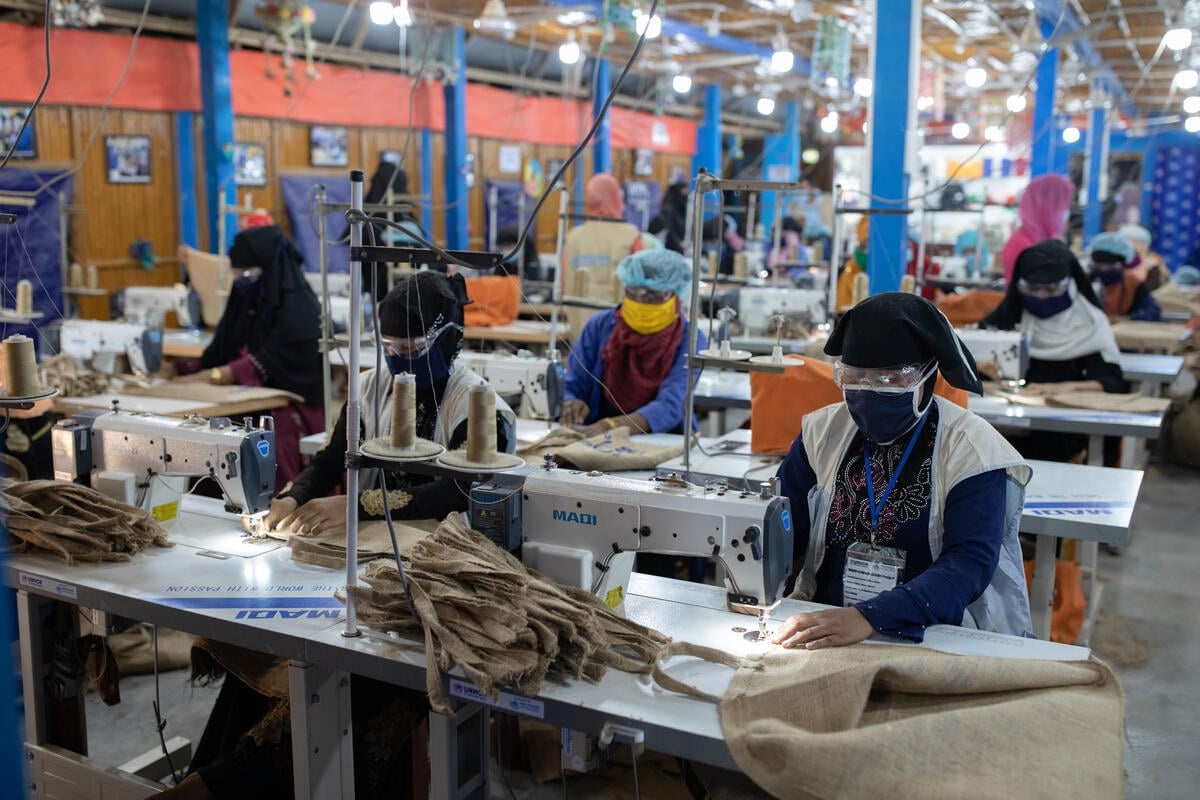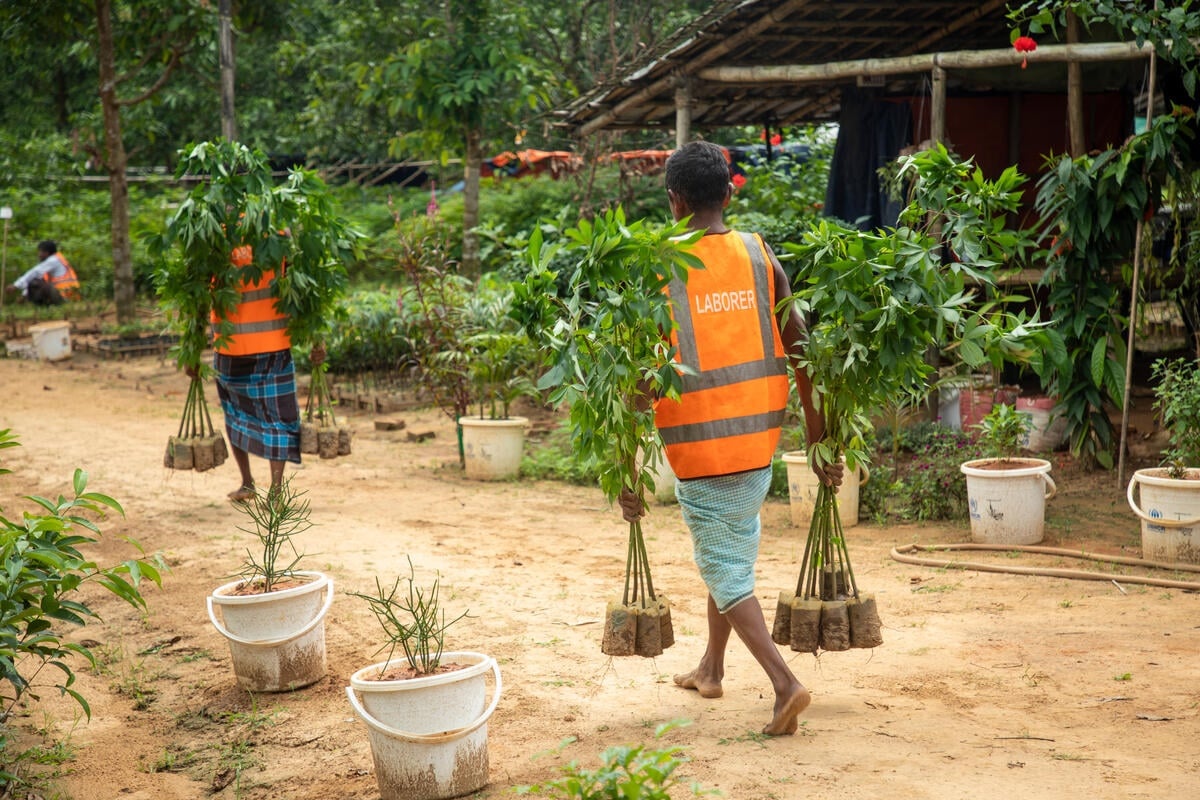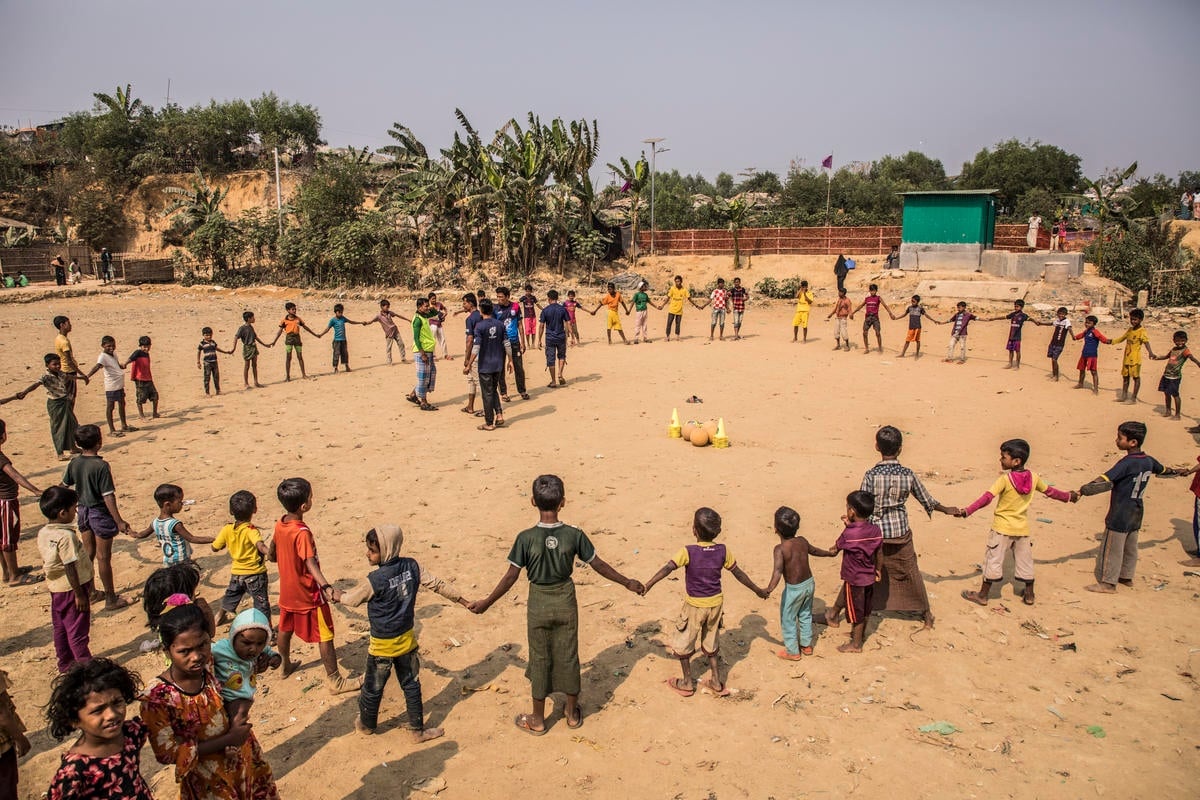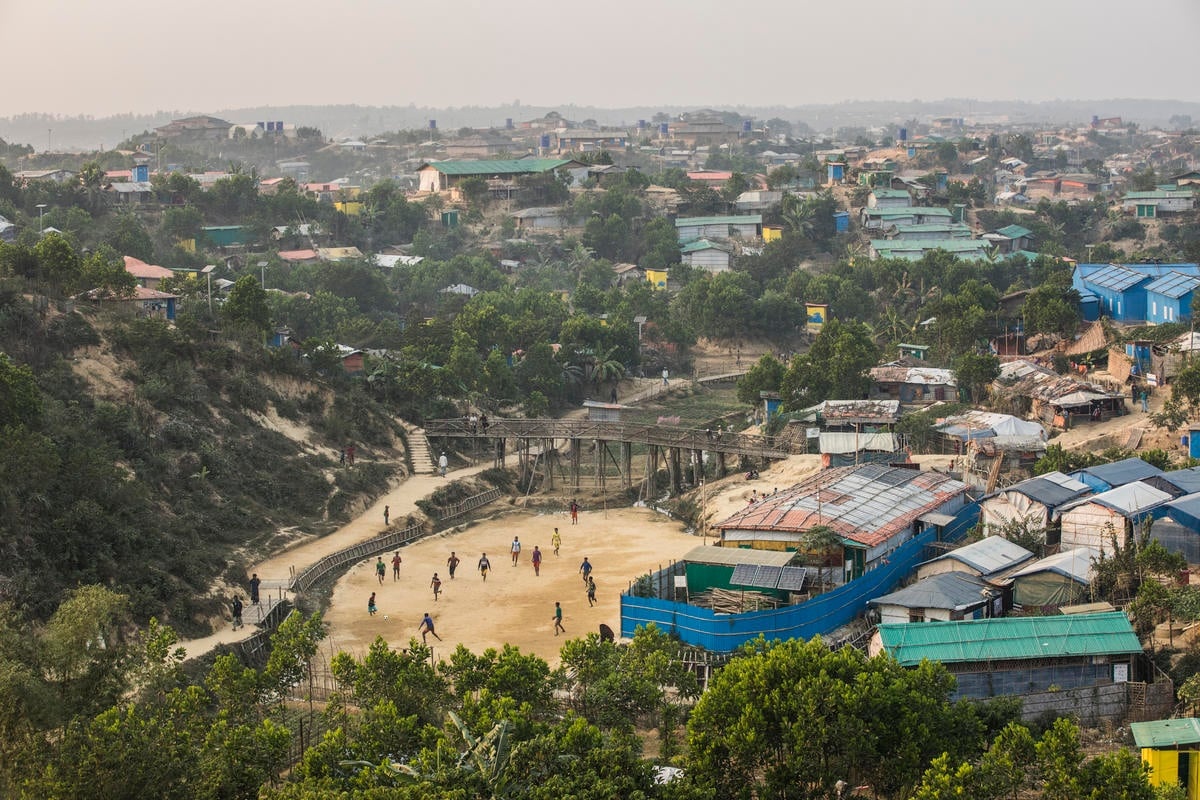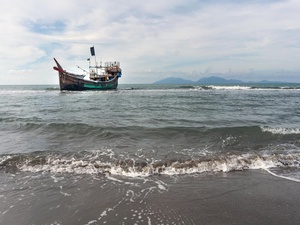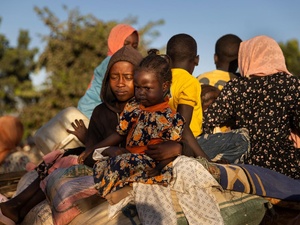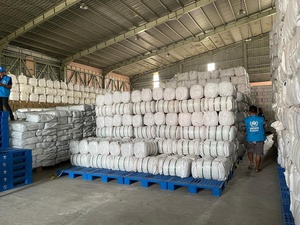Rohingya emergency
Rohingya emergency
In August 2017, over 750,000 Rohingya fled to Bangladesh following violent military crackdowns in Myanmar's Rakhine State.
They joined previous influxes of Rohingya who fled the country in the 1970s and 90s. Today, more than 1 million Rohingya refugees live in Bangladesh, most of them in Cox's Bazar district, near the border with Myanmar. The strain on the local host community and its already stretched facilities and services has been immense.
Countries affected: Bangladesh | India | Indonesia | Malaysia | Myanmar | Thailand
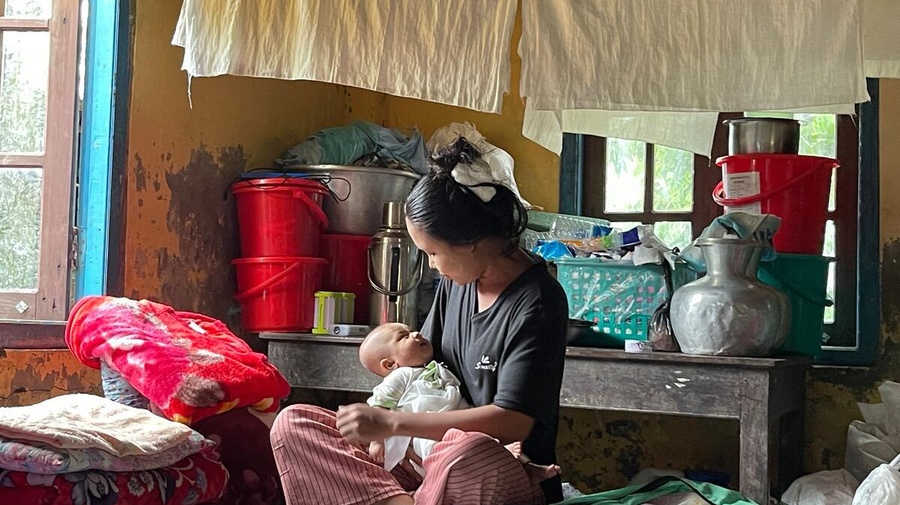
In conflict-affected Rakhine State, Myanmar, displaced women like Aye Kyawt San face growing challenges in meeting basic needs. Blocked humanitarian access and funding shortages leave communities without food, clean water, and healthcare. UNHCR continues working to reach those most at risk.
Registered Rohingya refugees in Bangladesh
Visit the Data Portal for more statistics
Escalating conflict in Myanmar drives displacement and humanitarian strain
Conflict in Myanmar continues to intensify, causing new internal displacement and cross-border movements while overwhelming protection and humanitarian systems. Needs far exceed available funding, and widespread violence persists.
Rising irregular maritime movements expose refugees and asylum-seekers to severe risks, while Rohingya refugees remain in protracted displacement eight years after arriving in Bangladesh. Despite regional progress, including work rights for long-staying refugees in Thailand, conditions for voluntary and safe return remain limited.
We have overcome so many traumatic incidents. Violence in the camps is increasing, and even the sound of a balloon bursting makes people afraid at night. We are afraid that we will never go back to our homeland. We worry about our children’s futures.
Financial overview
Population overview
Together with our partners, we are working in support of the Bangladesh government to respond to the massive humanitarian needs.
In the opening days, weeks and months of the crisis, UNHCR airlifted more than 1,500 metric tons of emergency life-saving aid to Bangladesh – including blankets, plastic sheets, sleeping mats, family tents, plastic rolls, kitchen sets, jerry cans and buckets.
Together with our partners, we are also helping the government to develop new sites that can safely accommodate refugees. This includes funding a road to facilitate construction and refugee access, supporting site planning, building latrines and wells, improving the water and sanitation facilities and distributing shelter materials.
In an effort to improve sanitation and access to drinkable water, we have built thousands of latrines and water points for the refugees, thereby mitigating the risks of health problems such as acute watery diarrhoea.
UNHCR is working to mainstream refugee protection in all refugee settlements. With its partners, it is developing a referral system and safe spaces for survivors of gender-based violence. We are also enhancing efforts to identify and refer children at risk for the appropriate support.


